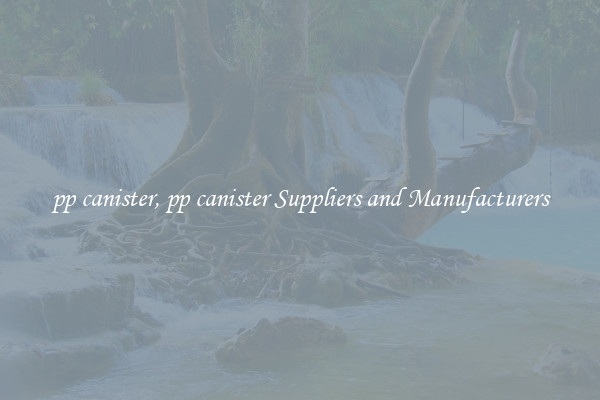b a lead, b a lead Suppliers and Manufacturers
Batteries are an essential component in our modern world. They power our smartphones, laptops, electric vehicles, and many other devices we rely on daily. However, the manufacturing process of batteries, particularly lead-acid batteries, has raised concerns due to the use of lead, a toxic heavy metal. In recent years, efforts have been made to find alternative materials, but lead-acid batteries continue to be widely used due to their low cost, high energy density, and reliable performance.

Lead-acid batteries are composed of lead plates submerged in an electrolyte solution, typically sulfuric acid. These batteries have been the go-to choice for industries such as automobile, telecommunications, and backup power systems for decades. The demand for lead-acid batteries is still high, especially in developing countries where cost is a major consideration.
To ensure the safety and sustainability of lead-acid batteries, strict regulations have been implemented to reduce the environmental impact of their production and disposal. Battery manufacturers are required to adhere to specific guidelines and obtain certifications to demonstrate compliance with these regulations. They must also implement proper recycling programs to ensure the responsible handling of batteries at the end of their life cycle.
Suppliers and manufacturers play a crucial role in the lead-acid battery industry. They source the necessary materials, such as lead, sulfuric acid, and other components, ensuring they meet the required standards. Manufacturers assemble these components to produce high-quality batteries that deliver the desired performance and durability. Suppliers and manufacturers must maintain strict quality control measures to ensure the safety and efficiency of their products.
In recent years, advancements in battery technology have led to the development of lead batteries with improved performance and reduced environmental impact. For example, valve-regulated lead-acid (VRLA) batteries, also known as maintenance-free batteries, have gained popularity due to their sealed construction, preventing the leakage of electrolyte and minimizing the risk of lead exposure. These batteries are commonly used in applications like uninterruptible power supply systems and solar power storage.
Additionally, research is being conducted to explore alternative battery chemistries that can replace lead-acid batteries in the future. Lithium-ion batteries have gained significant attention due to their higher energy density and longer lifespan. However, challenges loom in terms of cost and safety concerns associated with lithium-ion batteries, hindering their widespread adoption as a replacement for lead-acid batteries.
In conclusion, lead-acid batteries continue to be widely used due to their low cost and reliable performance. Suppliers and manufacturers in the lead battery industry play a crucial role in ensuring the safety and sustainability of these batteries. Efforts are being made to improve the environmental impact of lead-acid batteries through regulations and recycling programs. However, research is ongoing to explore alternative battery chemistries that could replace lead-acid batteries in the future. As technology advances, it is important to strike a balance between performance, cost, and environmental impact to provide sustainable energy solutions for our ever-growing power needs.

View details

View details

View details

View details








